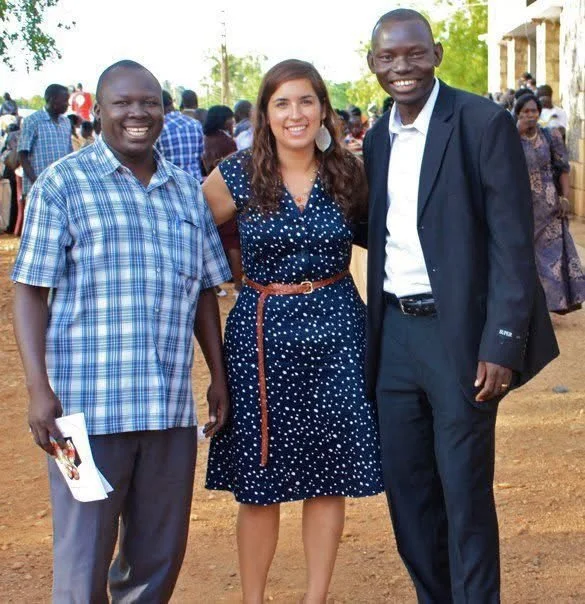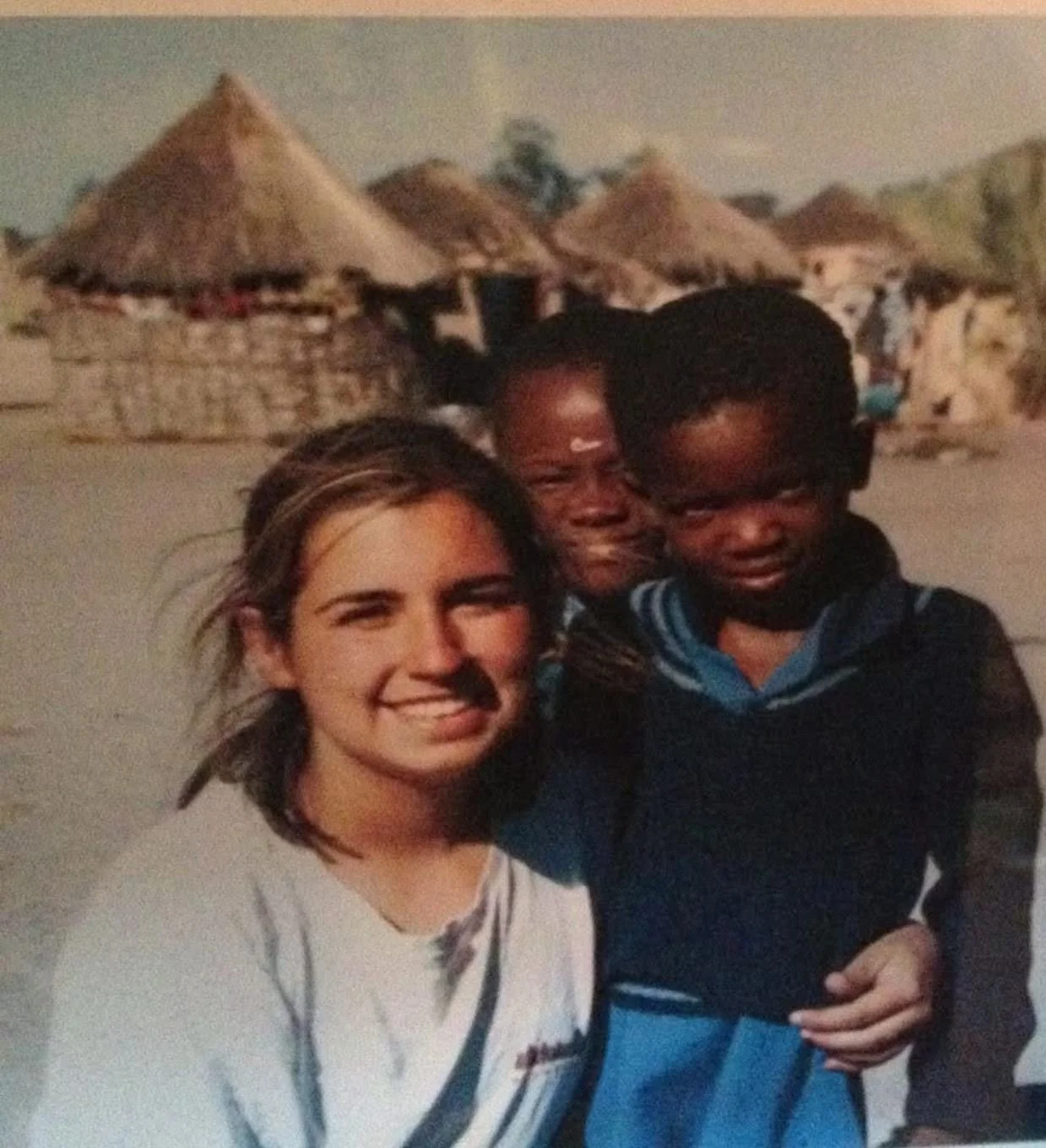Inclusion Doesn’t Mean Sameness
Same same but different.
I had already been working in and out of East Africa for five years when I moved full time to South Sudan. I had spent every summer from age 12 somewhere in the Global South. Slums in Mexico, the Darian Jungle in Panama, the Delta in Botswana, orphanages in Romania and the Himalayas in Nepal. All before age 18. Slap on two degrees in International Studies on top of that and needless to say, I was arrogant. Not like a little arrogant, like obnoxious swagger arrogant. When I got my first full time job working in the humanitarian world, I thought I knew exactly how to operate in different cultures, how to minimize my western-ness in deference to the host cultures that welcomed me. No fancy clothes, mostly skirts, not trousers, nothing flashy. I thought my cross cultural intelligence was through the roof.
Young, clueless Caroline at 15 in Botswana.
I bobbed along in my naiveté quite happily, in my long skirts, looking, well, kind of unkept for several years truly believing I had the whole international life cracked. That was until I walked into our shared office in Juba one day, looking like what I thought I was meant to, and my South Sudanese good friend looked at me and said, ‘Caroline, why do you always dress like that?’. Shocked I said, ‘like what?...’, ‘like you’ve chosen the worst clothes from the bottom of your drawer to wear to work. Do you dress like this in the US? Or when you worked in an office in the US?’. I was speechless and mortified. ‘I don’t know, I stammered, I’m trying to dress more like your culture than mine…trying to look less…western?’ At which point he burst out laughing. ‘Caroline, look around, do you see how black our skin is? When you walk down the street no matter what you’re wearing, everyone knows you’re not South Sudanese. You stick out, you look different, your skin is different. Everyone knows you’re from the West. We hired you BECAUSE you were Western. We want you to use that to help us get funding from donors, to represent us in the western circles. You can’t do that looking so unprofessional and like you need a shower’. I was floored, and somehow relieved all at once. This pressure of trying to be the same, of being what I thought was inclusive, it was like trying to fit a square peg in a round hole. It was actually quite ludicrous when I thought about how I believed my clothing would make me fit in and realised how utterly ridiculous I had been.
I went on to wear my wedge heels, pencil skirts and lots of trousers. I put on big earrings, makeup and dressed as I would in the States (that is except for the fact that it was regularly 115 degrees + in Juba, so perhaps a little sweatier and slightly more dishevelled.) But I was free to be me, my friend, by asking those questions released me to be me. It didn’t make me love and respect South Sudanese culture any less, quite the opposite. By him so easily embracing our differences, a real, beautiful, deep friendship and respect grew not just with him, but with South Sudanese culture. I was their sister, their friend. They’d say ‘she’s one of us now’, after 4 years of living there. Our differences drew us closer together, made us a stronger team (and we got the western funding they absolutely deserved).
What does this have to do with Breaker you ask? Everything. This is the pivot we’re making to include men in an intentional, purposeful way, it’s about embracing differences. Not suffocating the things that make us unique but celebrating them, or at the very least being honest that they exist.
Inclusion, over the last several years and political cycles has become this loaded word. Ironically, a word that is meant to bring something together, has become at best, meaningless, at worst quite divisive.
Inclusion too often gets simplified into sameness — a flattening of identity in the hope of harmony. But real inclusion is far more complex, and far more beautiful, powerful. It’s not about everyone thinking, behaving in the same way. It’s about creating space for distinct experiences, perspectives, strengths and weaknesses to coexist — and recognizing that difference is not a problem to be solved, but a precious resource to nurture.
At Breaker we are breaking the systems that no longer suit us, building a respite where we can hold space for ourselves, and learn from each other. We are designing a space, for both. Recognising that true social evolution happens together. Intersection isn’t dilution. It’s expansion. By honouring our differences, we strengthen the ground between us.
At The Breaker Collective, you can ALWAYS sit with us. To get updates on what we’re doing and be the first to know when our physical space is open, sign up below.


